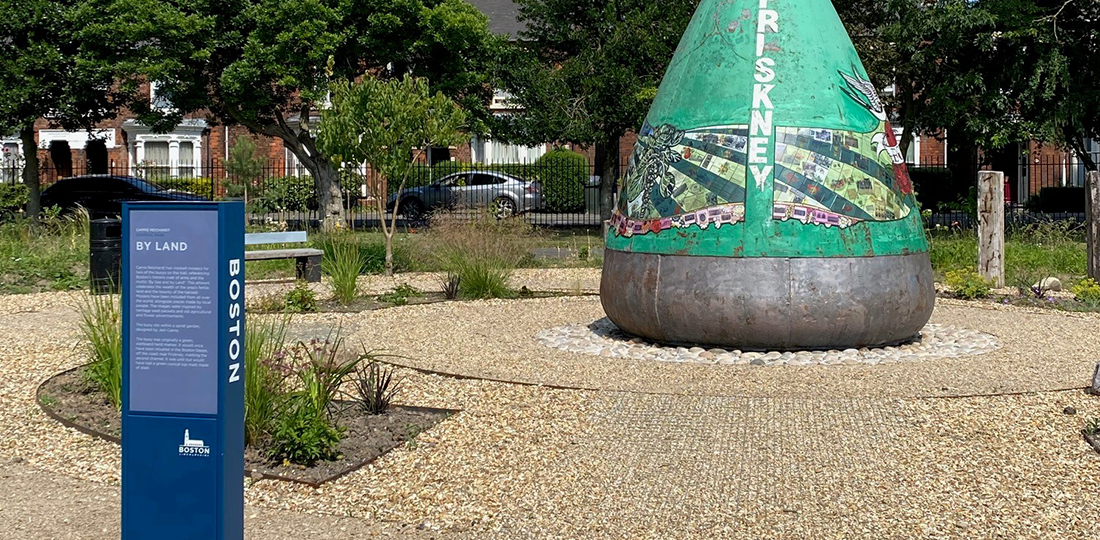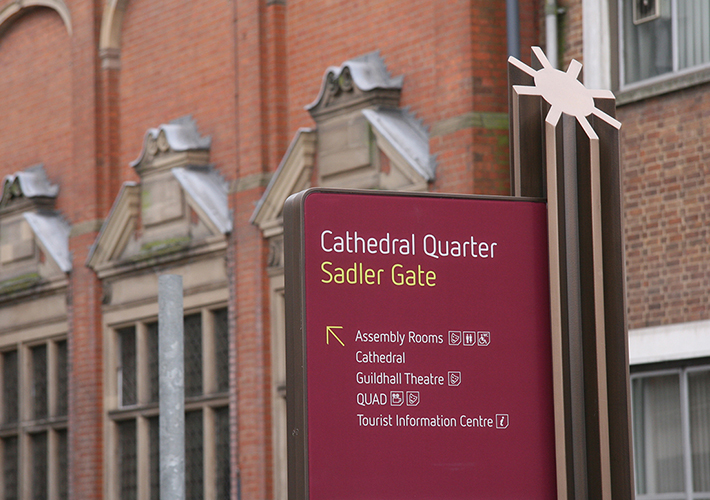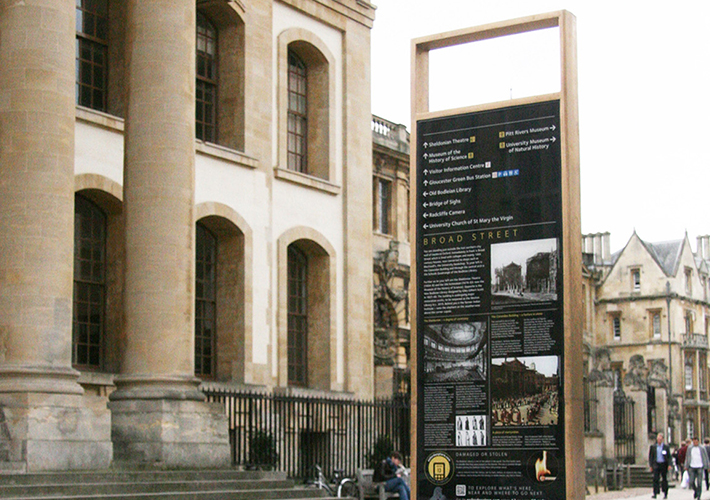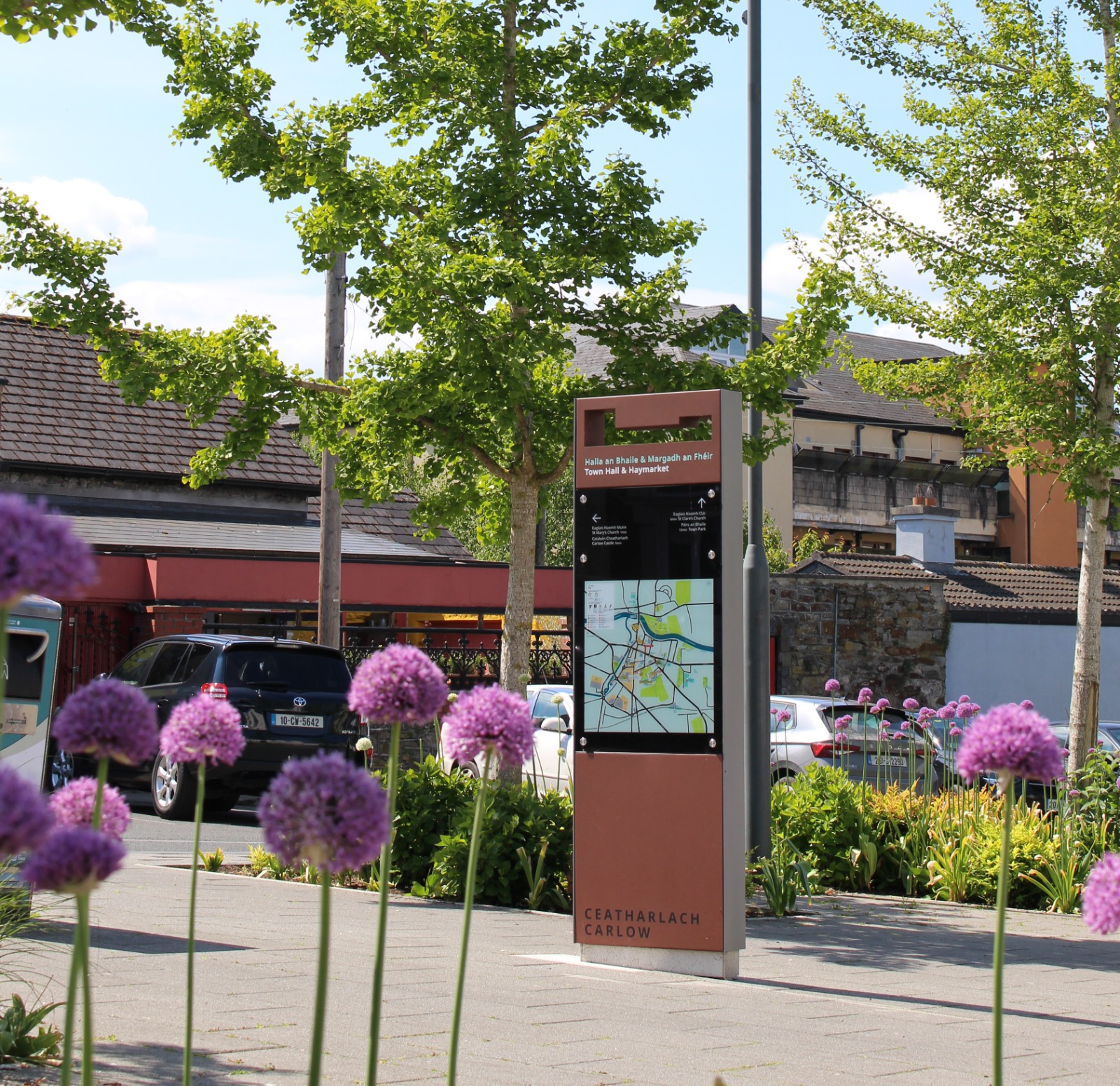
Great placemaking relies on really getting under the skin of somewhere. Whether that's its past, its purpose, its places or its people; it all matters.
Every place has a story and wayfinding is about finding new and exciting ways to share that narrative with everyone who engages with the space, telling stories that encompass accounts of people, intentions, events and memory.
It's about so much more than guiding people from point A to point B.
For us, the best wayfinding reconciles past and present to create engaging environments. It is about creating places that simultaneously suit their modern purpose while respecting their past and educating new generations on the significance of its history and culture.
In complex places like town centres, wayfinding can help breathe new life into older places. Making somewhere valuable and fit for purpose in the modern day, but also revealing its heritage, enabling visitors to learn a place's past.
We often look to a place's past to inform our design process, to tell a story and build a bigger picture. Every place should leave an impression: it's more than simply having undertaken a journey, you want a visitor to understand, enjoy and, even, love a place.
But it’s just as doable with new places, too. In our strategic wayfinding work, at the masterplanning stage of, often, new residential developments, it’s still possible to uncover layers of history and using these to inform future developments so that they directly connect the past to the present.
As with all good things, effective placemaking comes with a greater purpose. And it is by drilling down into the very essence of a place, by reconciling its past and present – its reason for being – that we can ensure the most appropriate placemaking design is achieved.
We’ve been fortunate to work on some wonderful projects steeped in powerful history. And we’ve used these stories to enhance modern spaces.

Take our work in the market town of Boston, for example. Drawing on the historic port's relationship with the Pilgrims and their voyage on the Mayflower in 1620. We instilled all this history into our wayfinding solutions to unlock the town's stories for visitors and to encourage them to explore all the rich heritage that shaped the town.

Or our mission to unlock both Derby's industrial heritage and its newer digital industries, instilling its identity and history of engineering into our wayfinding solutions.

In Oxford, the wayfinding concept built on the town's association with having so many iconic views of significant historic buildings, from the design of the sign frame to the graphic interpretation of the town map.

Our work in Carlow helped to update the visitor experience of Carlow town, combining past and present to create memorable, rich, and valuable experiences for users of the spaces.
In all cases, we sought to remain true to each unique location when establishing wayfinding solutions. We let history and heritage inform our journey, not the other way around.
Every place has a history. And an aspect of our work that we take immense pride in is uncovering these histories for the everyday user. Whether it is a well-known story or a hidden history that shapes how a place came to be and what it has now become, we want all visitors to leave a place feeling more informed and connected. We want to create open, collective experiences that transcend time and make for a more engaging, personal experience for everyone.
There is no one-size-fits-all approach to making a place, so we draw on all its factors, past and present, when approaching our projects.If you want to find out more about what we can do for you, get in touch.